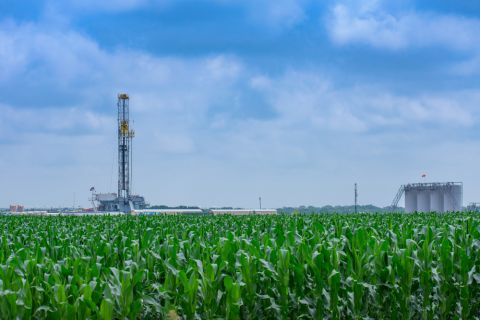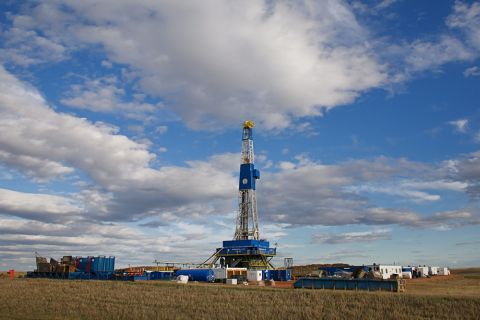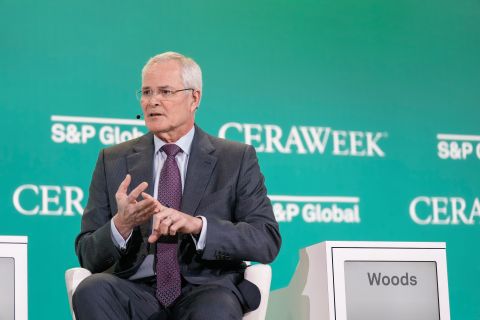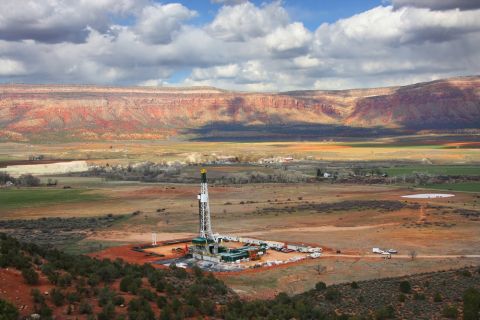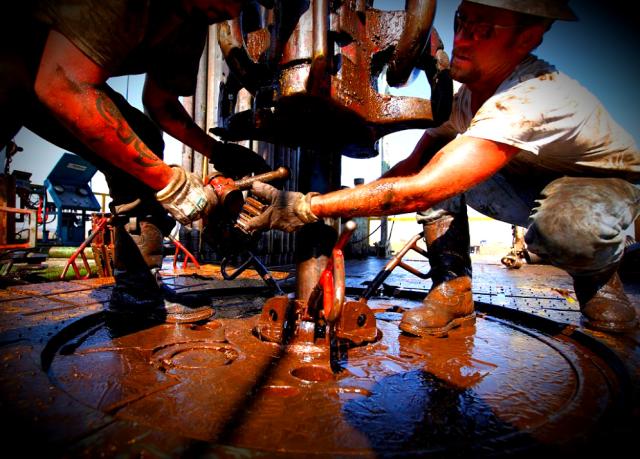
The storyline is that management teams now view acreage as a holistic asset rather than a collection of individual wells. (Source: Hart Energy)
[Editor's note: A version of this story appears in the February 2020 edition of Oil and Gas Investor. Subscribe to the magazine here.]
Just when it looked so good in the Midcontinent as the Stack and Scoop promised to become the next great stacked pay play in the storied renaissance of North America’s tight formation revolution, inconsistent field results and variable well economics turned the nation’s most promising region in 2017 into the most hard hit area in the oil patch in 2019.
Midcontinent rig count fell by two-thirds in 2019, more than any other play in the U.S. Promises of major gains through cube development deflated into disappointment when it became evident that E&Ps were placing wells too close together.
Meanwhile, geological heterogeneity took a toll as once promising E&Ps with celebrity CEOs literally vaporized into Chapter 11 or formerly high-flying regional explorers merged into companies that emphasized free cash flow on proved developed producing holdings.
Issues that damaged Midcontinent credibility included faulty analysis on Wall Street aided and abetted by overly optimistic industry press releases. The headline well, or the parent well, was used to build economics that extrapolated the best performance of the best well across all acreage instead of the average performance of all wells. In other words, Wall Street learned that single-well economics are very different than the reality of full-field development economics.
A related issue was allocating too much benefit to short-term IP rates rather than acknowledging the conservative reality provided by examining cumulative production over an extended period (90 or 180 days), which provided a more accurate assessment of acreage potential.
Parent wells in the Stack that promised EUR of 1.7 million barrels of oil equivalent (MMboe) and rate of returns at 175% at tight downspacing on paper turned into 1.2 MMboe wells at 75% IRRs with much fewer wells per section. A post-mortem study found a 29% reduction in EUR on parent vs. infill wells—in other words the average of all wells—dropped rate of return by 79% in the case of the overpressured Stack.
Development programs that focused on 10 or more wells per section devolved into spacing of four to eight wells per section in the Meramec/Osage. That’s a lot of evaporating net asset value.
Furthermore, the sins of the Midcontinent were reflected across the industry in all regions, though each region played its own role in over-hyping shale play potential. The only upside left after the 2019 hangover set in was that lower-than-forecast potential would become an important step in slowing North America’s contribution to growth in an oversupplied global market.
It may come as a surprise, then, that the Midcontinent story is not over. Rather, it is in transition, and this transition says something about evolution in tight formation plays everywhere.
While the big players regroup, reassess, divest and retool, smaller E&Ps with focused management teams, technical expertise and private-equity backing are squeezing success out of smaller acreage parcels. This focus is producing better results at a lower cost.
The storyline is that management teams now view acreage as a holistic asset rather than a collection of individual wells.
Instead of high-input efforts to produce single-well metrics attractive to Wall Street, innovative E&Ps are now looking at how to make acreage profitable across the board, even if it requires more modest wells and lower inputs. Lateral length and proppant volume have not only plateaued as a well construction technique, but both inputs are being reduced in many cases as focus turns to economics first.
It also means looking at some underexplored areas of the Midcontinent where technologies such as advanced geosteering can overcome intense local fracturing and faulting in the northwestern Arkoma Basin at the same time the area’s productive potential is increased by extending completions into additional formations such as the Caney, Mayes and Woodford.
It is also reflected in Midcontinent E&Ps who are returning, for example, to the always reliable Cleveland Sands in the Anadarko Basin where wells have lower output but cost much less and, more importantly, are consistently economic.
Midcontinent particulars say something about the future of an oil and gas industry perpetually adrift in the doldrums of $55 oil or offer hope in a volatile commodity price environment where oil rallies to $65, or above, on geopolitical wild cards.
Recommended Reading
SilverBow Saga: Investor Urges E&P to Take Kimmeridge Deal
2024-03-21 - Kimmeridge’s proposal to combine Eagle Ford players Kimmeridge Texas Gas (KTG) and SilverBow Resources is gaining support from another large investor.
Enverus: Q1 Upstream Deals Hit $51B, But Consolidation is Slowing
2024-04-23 - Oil and gas dealmaking continued at a high clip in the first quarter, especially in the Permian Basin. But a thinning list of potential takeout targets, and an invigorated Federal Trade Commission, are chilling the red-hot M&A market.
Silver Hill Energy Enters Bakken with Liberty Resources Acquisition
2024-01-31 - Silver Hill Energy Partners LP is getting into the Bakken in North Dakota through the acquisition of Liberty Resources II.
CEO Darren Woods: What’s Driving Permian M&A for Exxon, Other E&Ps
2024-03-18 - Since acquiring XTO for $36 billion in 2010, Exxon Mobil has gotten better at drilling unconventional shale plays. But it needed Pioneer’s high-quality acreage to keep running in the Permian Basin, CEO Darren Woods said at CERAWeek by S&P Global.
Uinta Basin's XCL Seeks FTC OK to Buy Altamont Energy
2024-03-07 - XCL Resources is seeking approval from the Federal Trade Commission to acquire fellow Utah producer Altamont Energy LLC.


